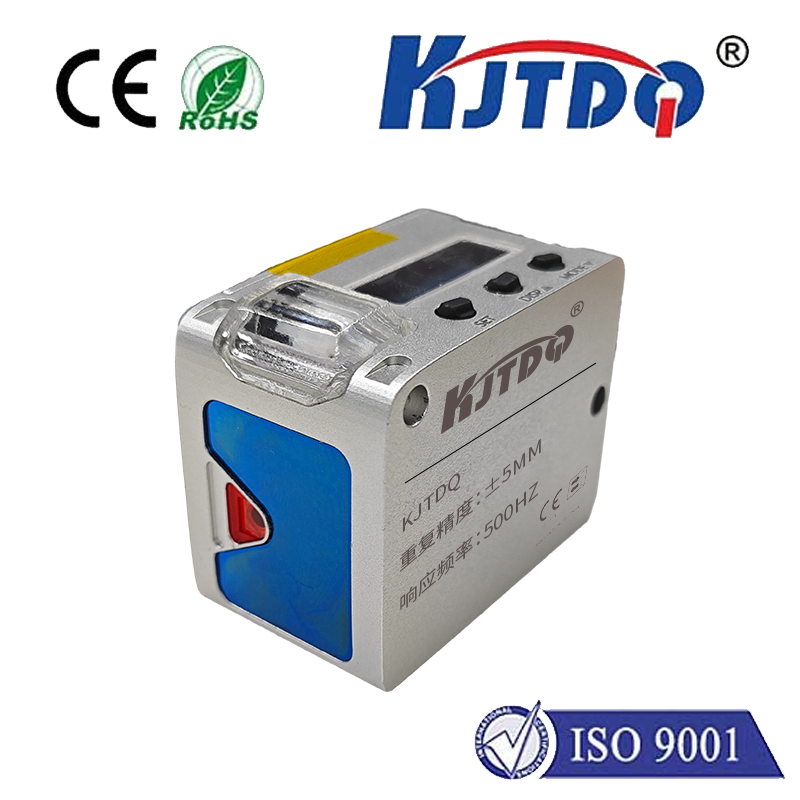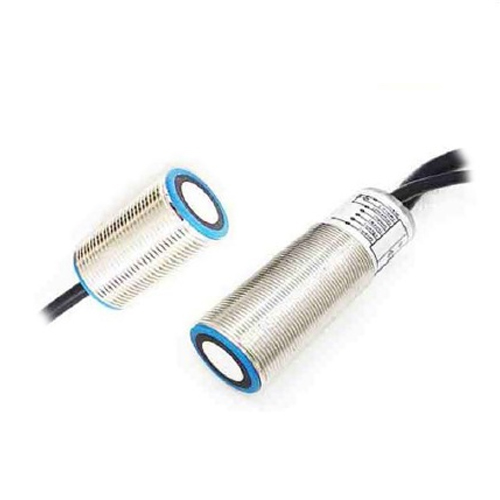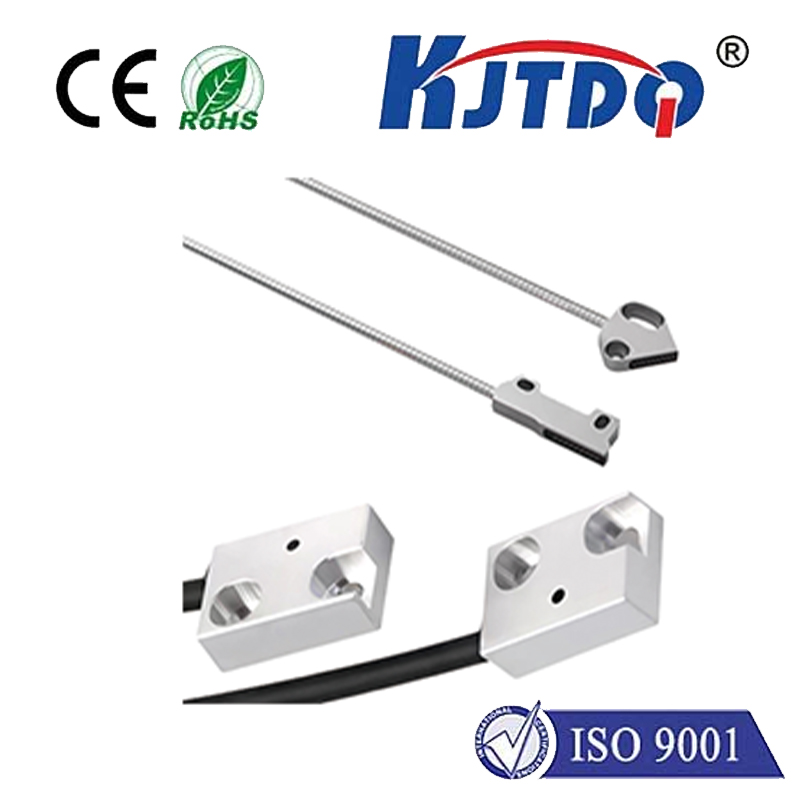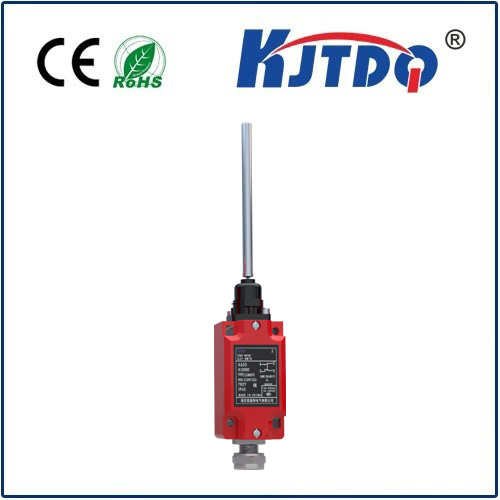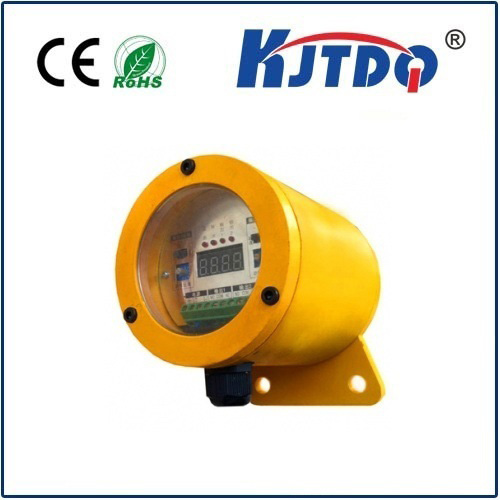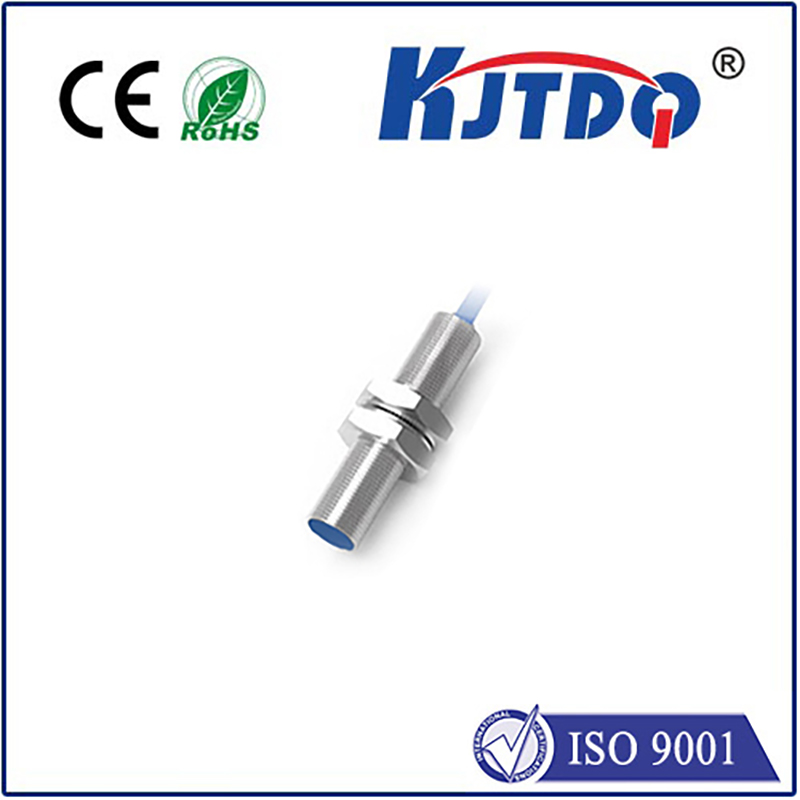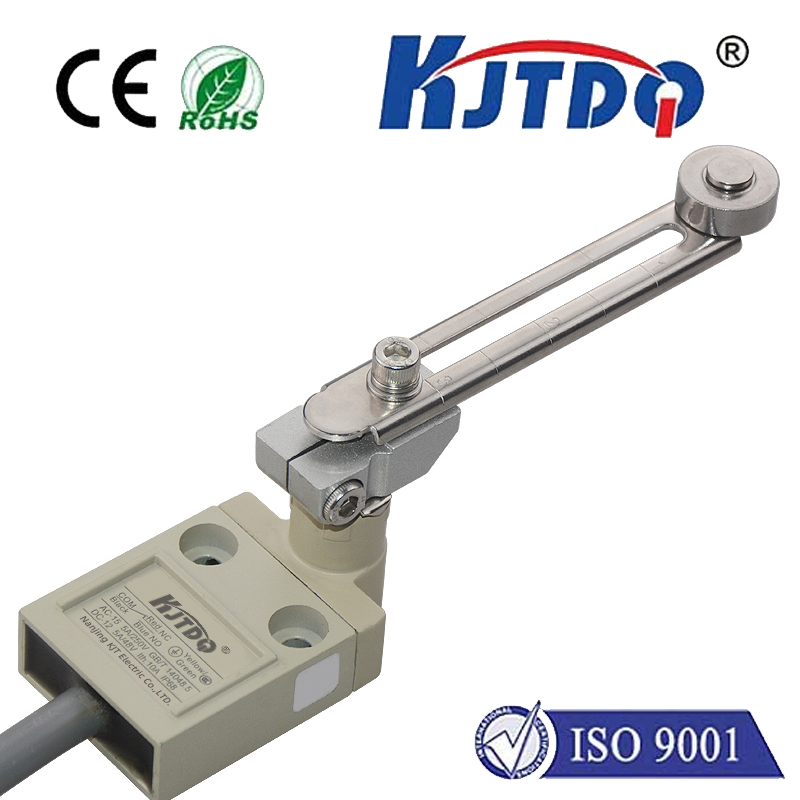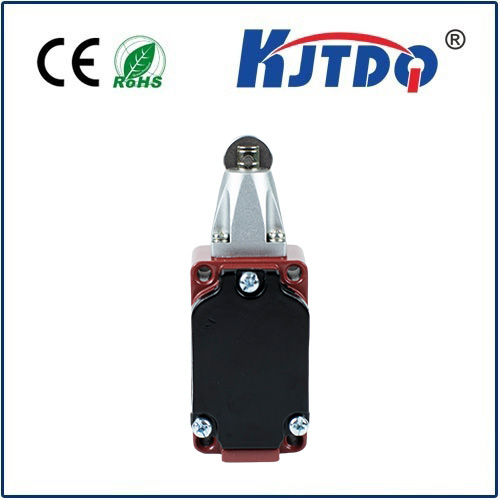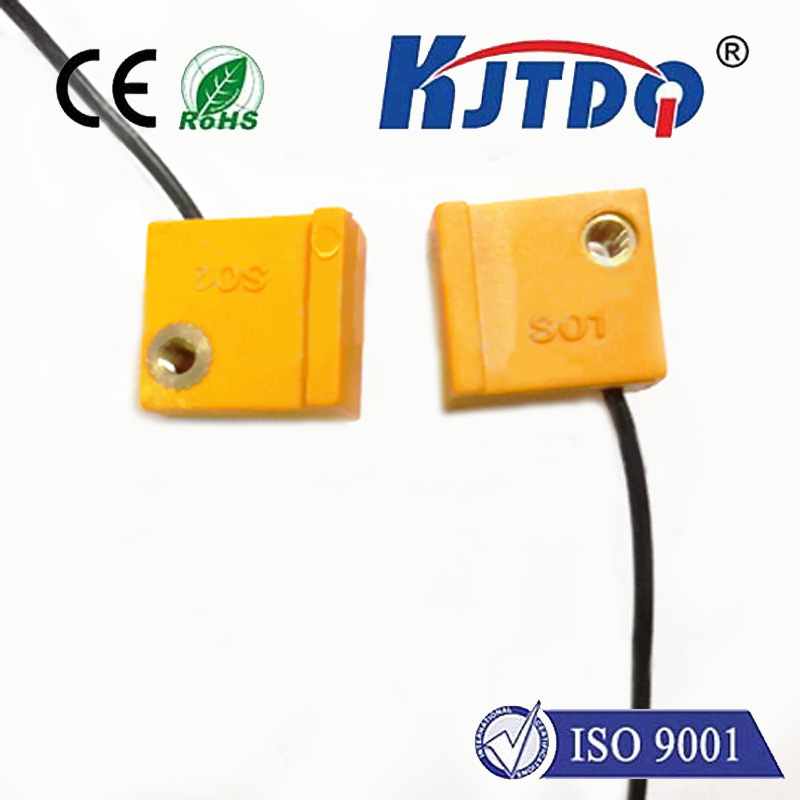securitu laser sensor
- time:2025-09-11 04:18:40
- Click:0
The Silent Sentinel: Unlocking Enhanced Security with Modern Laser Sensor Technology
Imagine an intruder slipping through shadows, confident they’ve evaded detection, only to trigger a silent alarm hundreds of feet away. This level of precise, reliable perimeter security is not science fiction; it’s a reality powered by the advanced capabilities of security laser sensor systems. Moving beyond the limitations of traditional infrared beams, these sophisticated devices are redefining the boundaries of intrusion detection, offering unparalleled accuracy, stability, and customization for critical security applications.
Laser Sensors: Beyond the Basics of Intrusion Detection
At their core, security laser sensors function on a deceptively simple principle: they transmit a narrow, focused beam of laser light (typically infrared, invisible to the naked eye) towards a receiver unit some distance away. If an object or person interrupts this continuous beam, the receiver detects the break in light and triggers an alarm signal. This fundamental mechanism – detecting the interruption of a “light fence” – is shared with older photoelectric beam systems.
However, security laser sensor technology elevates this concept significantly. Unlike older IR beams that often suffer from dispersion over distance, leading to wide, easily circumvented detection cones, laser beams maintain an extremely tight, focused path. This pinpoint accuracy is the first major advantage. It allows for:

- Longer Range Detection: Modern laser sensors can reliably span distances of 100 meters to well over 1 kilometer, creating vast protective perimeters with fewer units.
- Precise Detection Zone Definition: The beam’s narrowness enables security designers to create exceptionally targeted detection zones. You can protect a specific gate, window, corridor, or fence line without accidentally triggering on movement happening several feet to the side.
- Reduced False Alarms: Minimizing the beam’s spread drastically cuts down on nuisance alarms caused by small animals, blowing debris, birds outside the target zone, or vegetation movement that often plague conventional wide-angle IR beams.
Engineering Reliability: The Hallmarks of Superior Security Sensor Technology
The true power of a high-grade security laser sensor lies in its sophisticated engineering designed to overcome environmental challenges:
- Stability in Adverse Conditions: Wind can cause fence-mounted sensors to sway, potentially triggering false breaches. Advanced laser sensors incorporate sophisticated signal processing algorithms capable of distinguishing between the slight movement of the sensor housing itself (due to wind) and an actual beam interruption by an intruder.
- Enhanced Immunity to Light Interference: Fluctuations in ambient light – from direct sunlight glinting off surfaces to sudden car headlights – are a notorious cause of false triggers in older systems. Modern laser sensors utilize powerful optical filters and modulated light frequencies. They are specifically tuned to recognize only their own unique laser signal, effectively ignoring stray light sources. This ensures undetectable operation and consistent performance day and night.
- Environmental Resilience: Top-tier sensors are built to withstand the elements. They feature durable, weatherproof housings rated IP65 or higher, protecting internal electronics from rain, snow, dust, and extreme temperatures. This resilience is critical for reliable outdoor perimeter security.
- Alignment Precision: Maintaining perfect alignment over long distances is vital. Systems incorporate visual or audible alignment aids and robust mounting hardware. Some advanced models even feature automatic self-testing routines to continuously monitor beam integrity and alignment, alerting security personnel proactively to any issues.
Diverse Applications: Where Laser Security Sensors Truly Shine
The versatility and robustness of laser security sensors make them ideal for a wide array of demanding security scenarios:
- Critical Infrastructure Protection: Securing power plants, substations, water treatment facilities, communication hubs, and sensitive government installations requires maximum reliability over vast areas. Laser sensors provide long-range, tamper-resistant perimeter detection.
- High-Value Storage and Logistics: Warehouses storing valuable goods, logistics yards with trailers, and freight terminals benefit immensely. Laser beams can secure fence tops, monitor large gate openings, and create invisible barriers around specific high-value storage zones within a larger facility.
- Perimeter Security for Large Estates and Industrial Sites: Protecting sprawling properties, factories, and campuses demands technology that can cover long fence lines effectively and reliably. Laser systems offer this capability with fewer sensors and lower false alarm rates compared to alternatives.
- Museum and Gallery Protection: Protecting priceless artifacts often requires discrete but highly accurate detection. Laser beams can be configured to create precise barriers in front of exhibits or across specific doorways without visible clutter.
- Construction Site Security: Preventing costly theft and vandalism on large, often unstaffed sites is challenging. Long-range laser sensors can create a robust early-warning perimeter barrier.
Implementing Your Laser Security Solution: Key Considerations
Integrating a security laser sensor system effectively requires careful planning:
- Needs Assessment: Precisely define the perimeter or specific zones needing protection. Measure distances accurately.
- Topography and Environment: Survey the installation site. Identify potential obstructions, terrain variations, high-vibration areas (like near train tracks), and typical weather patterns. Choose sensors rated appropriately for the climate.
- Sensor Selection: Match the sensor model to your distance requirements and environmental conditions. Consider models with advanced features like wind-compensation if needed.
- Professional Installation: Proper alignment is non-negotiable for optimal performance, especially over longer ranges. Ensure mounts are rigid and vibration-resistant. Skilled technicians understand beam geometry and aiming techniques.
- Integration: Plan how the laser sensor system integrates with your existing security infrastructure – alarms, cameras (for instant visual verification upon beam break), and access control systems. Modern systems typically offer standard alarm contact outputs and increasingly include communication protocols like IP for easier integration.
Securing the Future with Precision
Security laser sensor technology represents a significant step forward in the evolution of perimeter protection. By delivering pinpoint accuracy, exceptional long-range capability, superior immunity to false alarms, and robust environmental resilience, these systems provide security professionals with a powerful, reliable tool. For safeguarding high-value assets, critical infrastructure, and large perimeters where traditional sensors fall short, modern laser security systems are the strategic choice for achieving a level of protection that is both unobtrusive and uncompromising.







